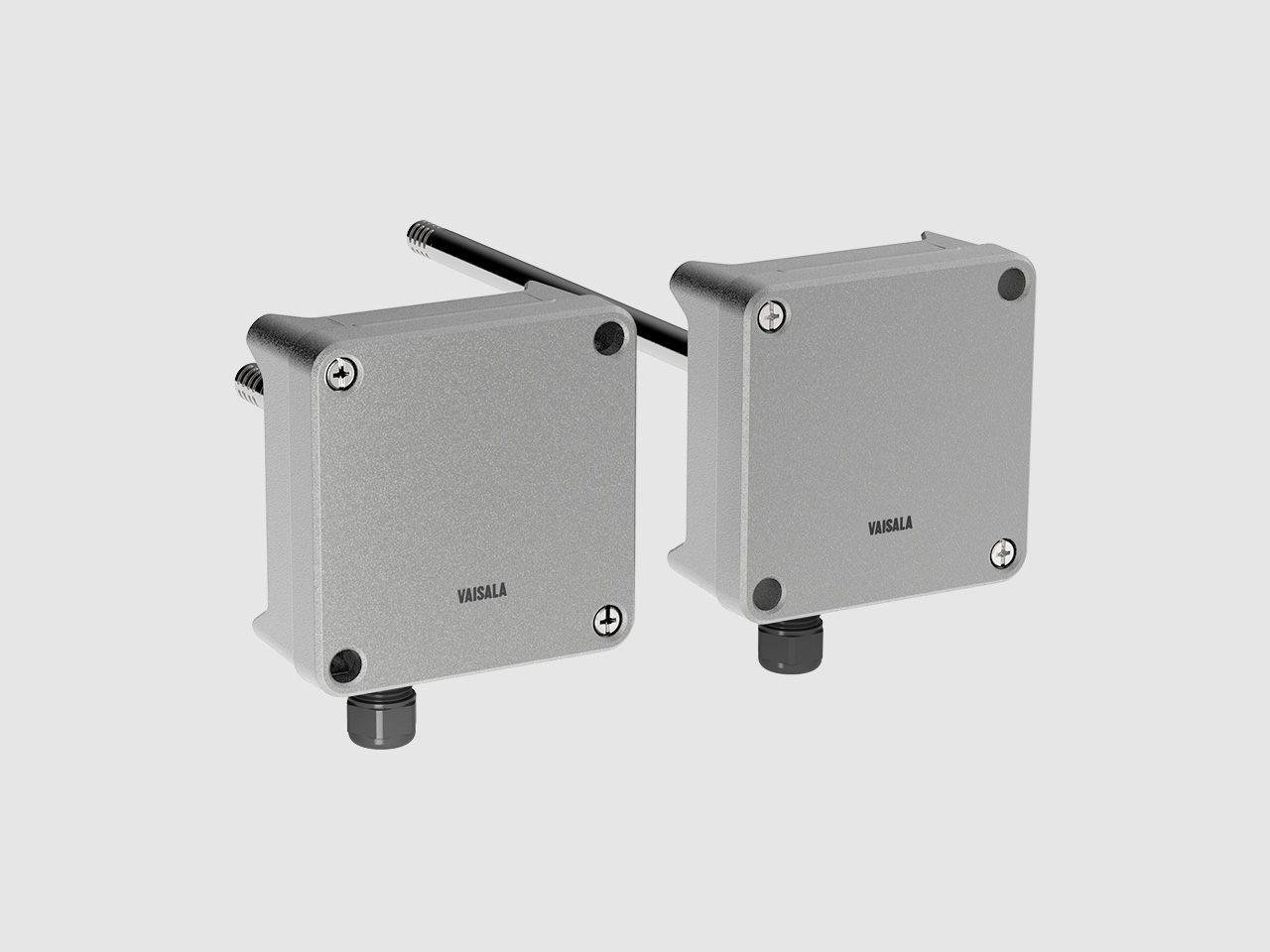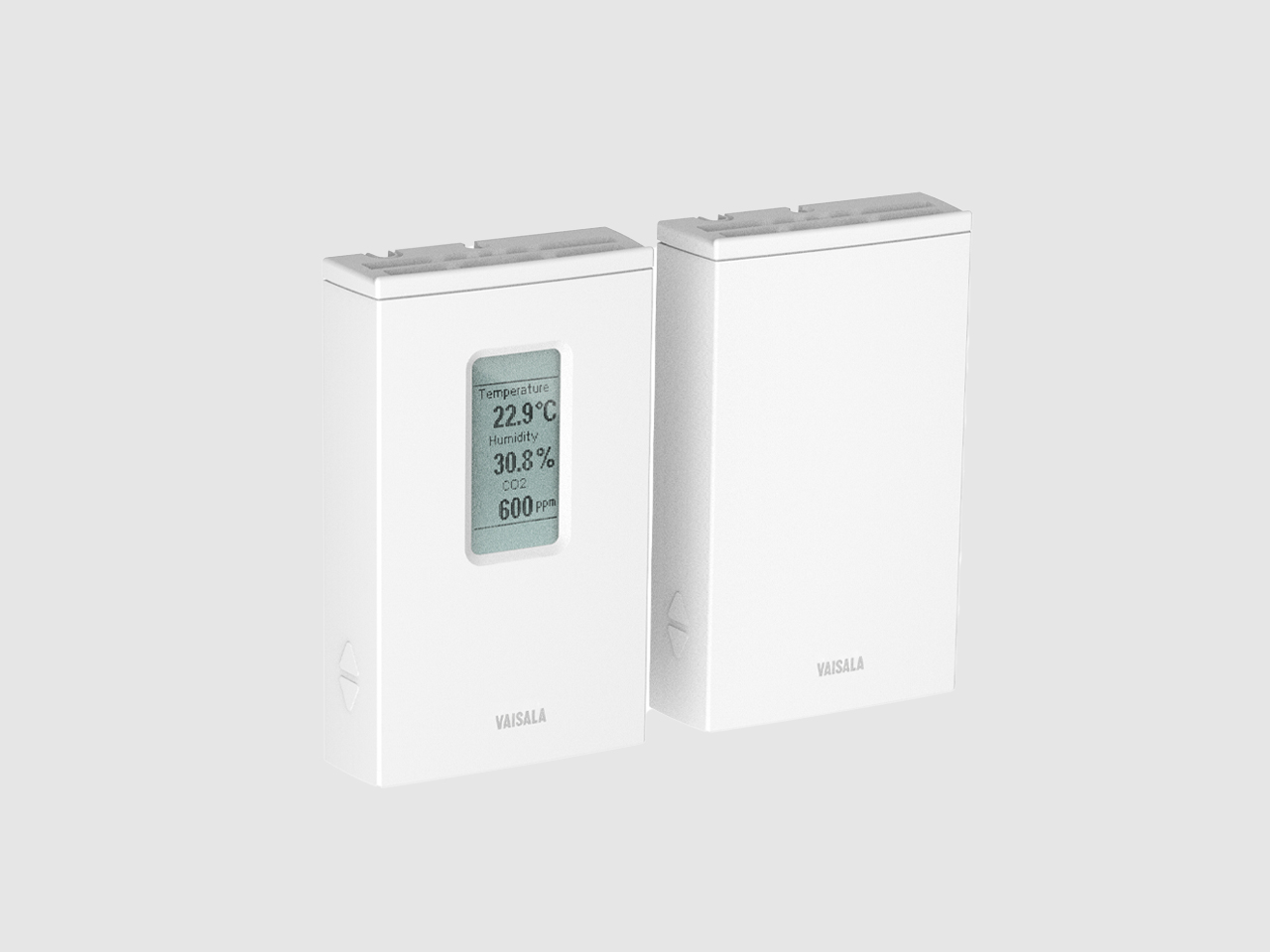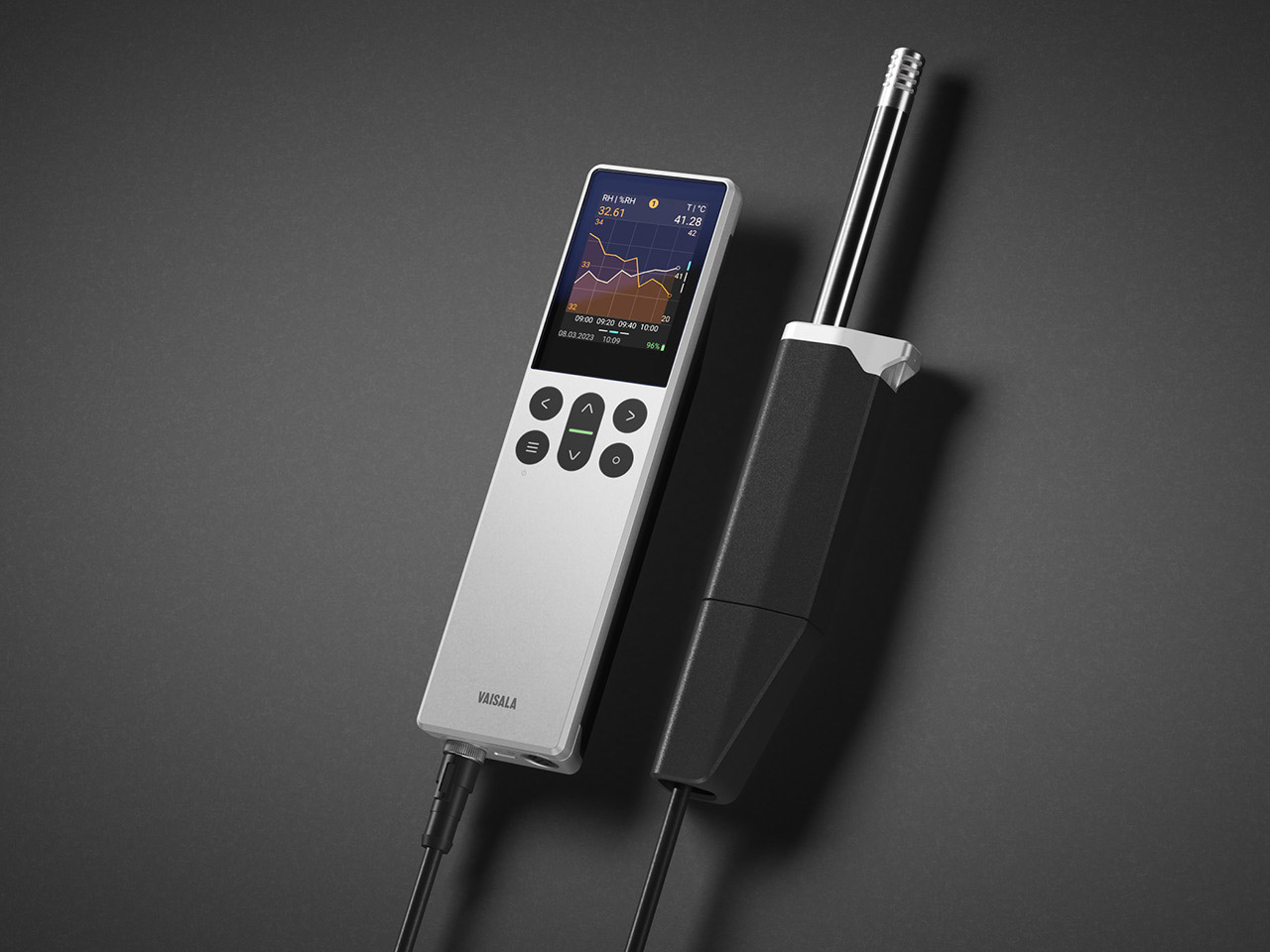Soletair Power integrates Vaisala’s CO2 sensors into its groundbreaking building-integrated carbon capture technology
Soletair Power’s unique solution for extracting CO2 from air is a key building block in several carbon net zero and negative building projects. The company counts on Vaisala’s reliable sensors to accurately measure important parameters such as temperature, humidity, and CO2 levels.
The buildings and construction sector is responsible for 37% of the world’s CO2 emissions. Building owners are setting themselves ambitious targets with the goal of reducing their impact during both construction and operation – the ultimate aim is to achieve carbon net zero buildings. There is also pressure from local and industry-specific regulations as well as broader, global requirements like the Paris Agreement, which requires a 50% reduction in CO2 emissions by 2030.
Soletair Power, founded in 2016, uncovered the potential for technology that could reduce a building’s carbon emissions by capturing CO2 from its ventilation system to be used in the production of fuel or concrete, among other uses. The company’s solutions, which also include outdoor units that can capture CO2 from ambient air, use Vaisala’s measurement technology to gather essential data.
Why capture CO2 from buildings?
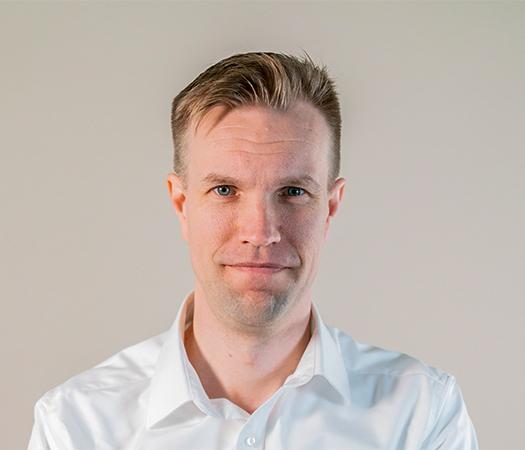
CEO Petri Laakso explains the multiple benefits of Soletair Power’s solutions. “Capturing CO2 from a building’s air, whether that be its inlet, exhaust, or circulated air, reduces its overall CO2 emissions. Our system has other cost-reduction, employee well-being, and sustainability benefits too. For example, with CO2-lean air coming into the building you can reduce ventilation levels – which saves on heating, cooling, and energy, further reducing operational CO2 emissions. Lower CO2 levels inside offices and residential buildings also contribute to better health, well-being, and employee performance.”
Petri adds that buildings are an ideal place to install the units: “To capture the CO2, the air needs to be moving and ventilation systems do this work for us. The air in buildings also tends to be around 20 °C, which is the optimum temperature for our process.”
In addition to capturing CO2 from the air passing through heating, ventilation, and air conditioning (HVAC) systems, Soletair Power has also developed an indoor CO2-filtering air purifier unit for meeting rooms and smaller office spaces and an outdoor CO2 capture system. “Our outdoor device is very similar to the HVAC-integrated one, but there’s a housing around the unit,” says Petri. “We have one such unit in Duisburg, Germany, which is installed at a factory exhaust to capture as much CO2 as possible. The CO2 is then used by the company as a raw material for various industrial processes.”
Are carbon-negative buildings possible?
A major additional benefit of Soletair Power’s solution is that the captured CO2 can be used for other applications, including concrete production. “For concrete the captured CO2 is used to create calcium carbonate, so you have the potential to achieve negative emissions when it’s permanently locked away from the atmosphere. This is one way we can help building owners to achieve net-zero emissions for the building’s lifetime by compensating for construction-related and operational emissions,” says Petri. “Carbon-negative buildings will also offer significant cost savings, meaning our systems can provide a return on investment within just a few years of installation.”
Achieving net zero is no mean feat though, and the ability to do so can depend on various local factors, including how the power and heating for the building is generated. “To make a building into a carbon sink you need its electricity to be renewable and the heating from a source that minimizes emissions,” Petri explains. “Emissions are higher in some countries than others, like in the US where they have natural gas heating, while buildings in Singapore have much lower energy intensity, so it’s a case-by-case thing.”
Soletair Power is currently working on several projects to create carbon net zero buildings. “These projects are using various advanced measures to reduce CO2 emissions during building construction and operation; in some cases, our solution is the final touch that tips the emissions over onto the negative side. We should have some exciting results to share in the coming years,” Petri states.
Converting captured CO2 into sustainable fuel
In autumn 2018, Wärtsilä, a global leader in innovative technologies and solutions for the marine and energy industries, approached Soletair Power about using extracted CO2 to produce fuels, before coming aboard the project with a seed investment in April 2019.
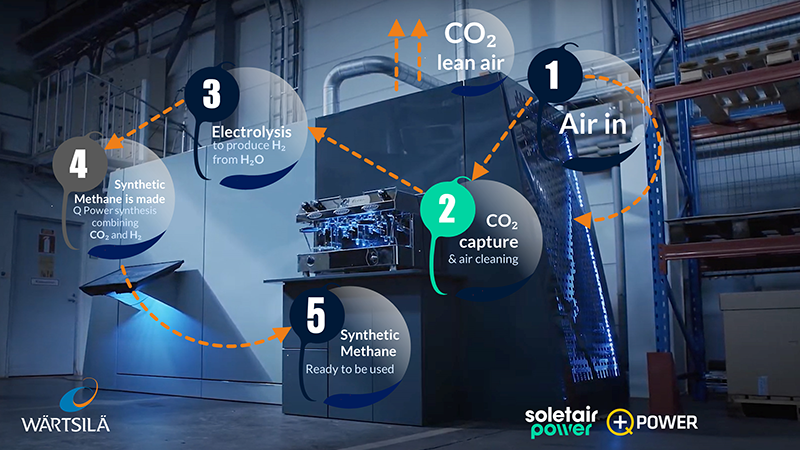
The collaboration produced the world’s most compact device that uses air to create fuel. The Power-to-X demonstration unit, which was showcased at the Finland Pavilion at Expo 2020 in Dubai, used renewable power and CO2 from the surrounding air along with hydrogen from water to produce synthetic methane, which was then used to power a coffee machine for tradeshow guests.
The companies have also collaborated on the development of an HVAC-integrated unit that captures CO2 from the inlet air at Wärtsilä’s Sustainable Technology Hub in Vaasa and supplies CO2-lean air into the building.
Accurate sensors are a key building block
The goal of the capture system, which traps CO2 from air through temperature vacuum swing adsorption, is to reduce a building’s energy consumption while maintaining the same level of air quality inside. “Our system keeps the CO2 in the building at a low level, meaning the ventilation can operate at very low levels in a demand-controlled system. We need to be able to accurately measure the CO2 data to determine how much the system is capturing, which is where Vaisala’s sensors come into play. As well as CO2 sensors, our technology also uses sensors for humidity and temperature at various points in the process.”
Petri explains the reasons behind choosing Vaisala: “It was important for us to use top-notch equipment in all of our units. Being from Finland we already have experience of how accurate and reliable Vaisala’s solutions are, and we can also be sure of a fast response when needed. We previously used cheaper sensors from elsewhere, but we found that the long-term stability of the equipment was lacking, meaning we couldn’t guarantee accurate data as the equipment aged.”
Petri also highlights that reliable equipment is needed when it comes to learning from performance data: “The performance of our chemistry-based solution is affected by various factors, including ambient conditions, so if you don’t have reliable data, it’s hard to judge why those changes have occurred.”
Soletair Power’s future plans include developing the technology to make the CO2 capture systems more compact and improve the sustainability of their operation. “We expect to continue our cooperation with Vaisala, and as our solution develops, we will likely need the support of their experts on which sensors to choose and how to calibrate them to work optimally in changing atmospheric conditions,” says Petri.
With urbanization continuing apace and emissions regulations becoming ever stricter, the need for innovative solutions in the buildings and construction sector is only set to grow – with disruptive pioneers like Soletair Power leveraging Vaisala’s stable and reliable measurement technologies to take big steps forward, the future is looking brighter.

